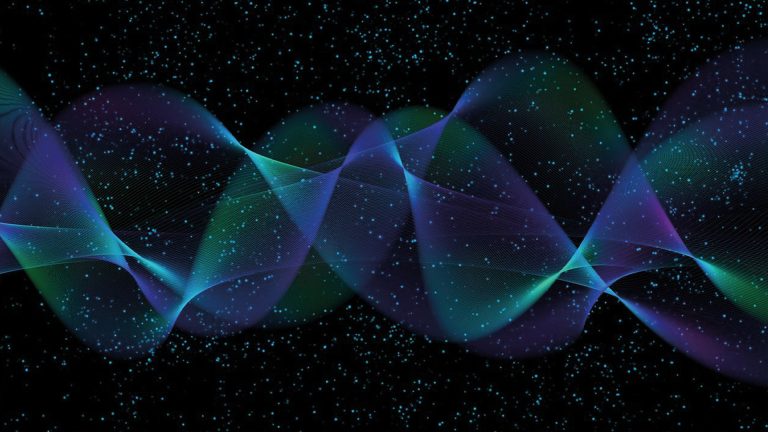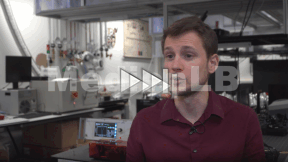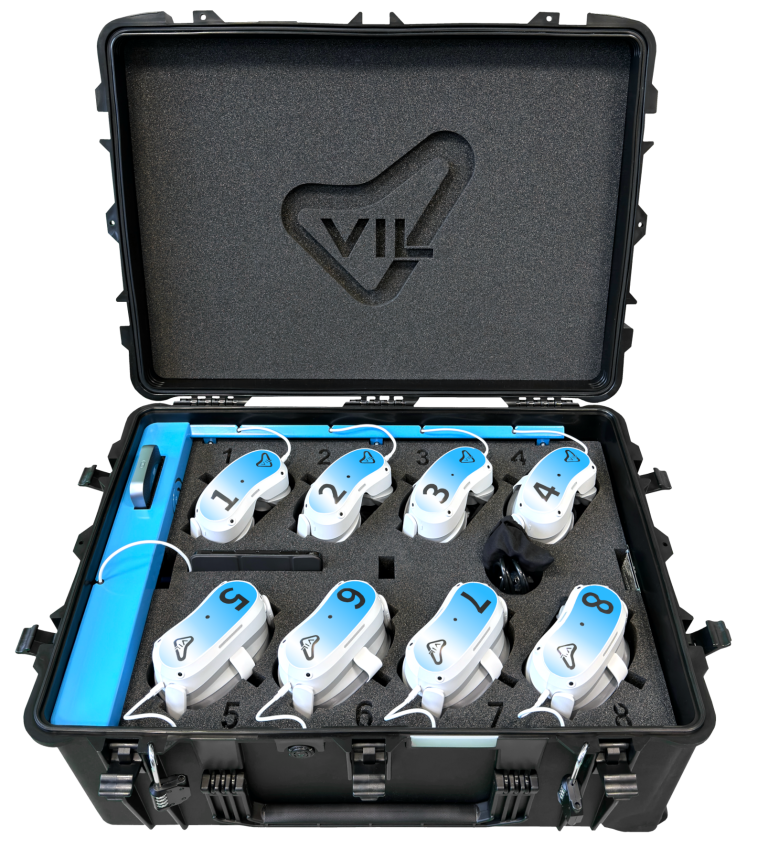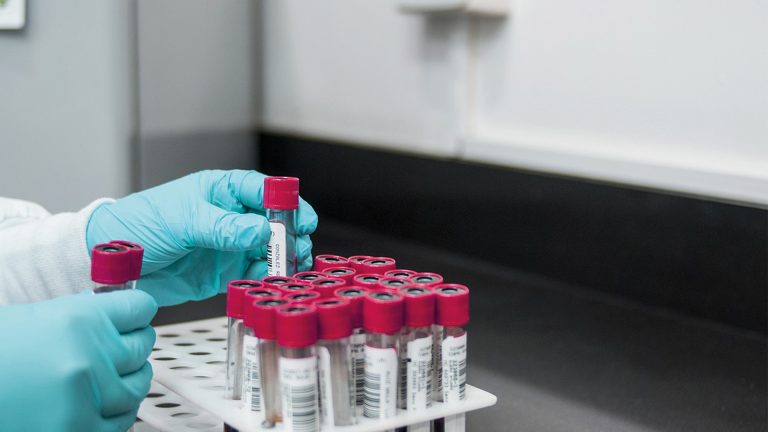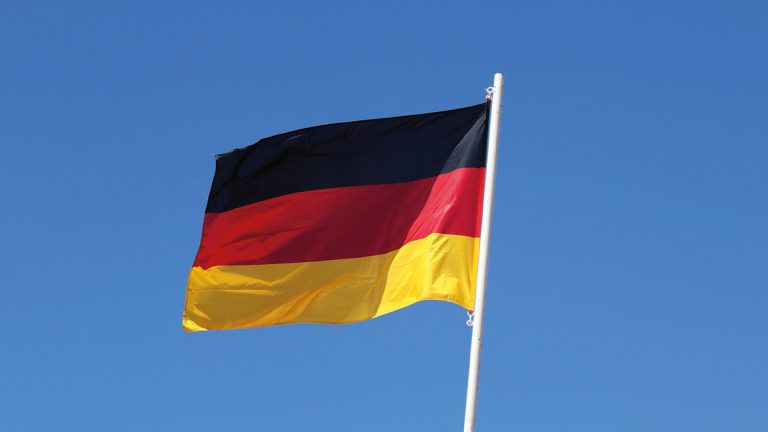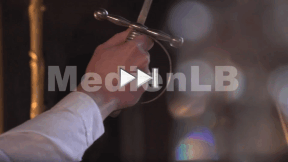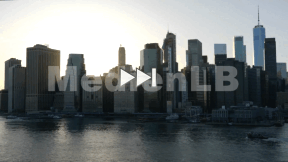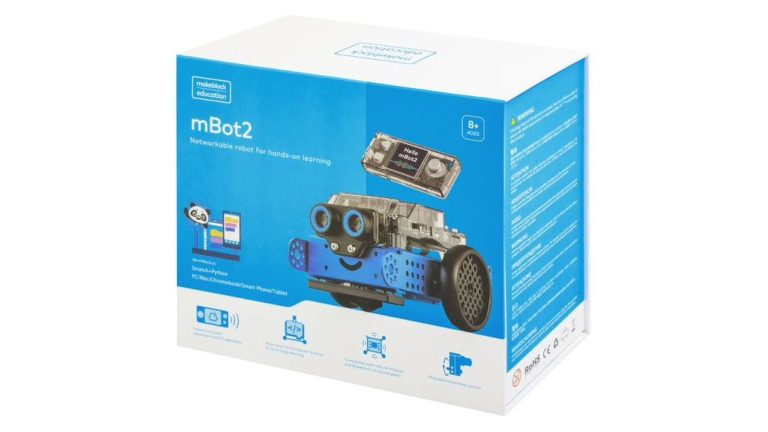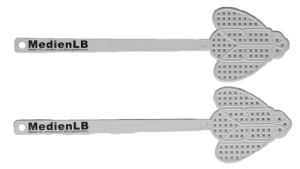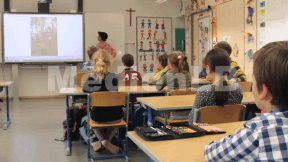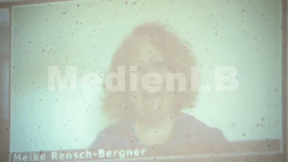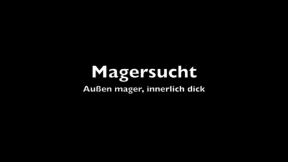Suche:
- # Artistry
- # Biology
- # Chemistry
- # Ecological
- # Economy
- # English
- # Foreign Language
- # Geography
- # German
- # Health
- # History
- # Informatik
- # Latin
- # Mathematics
- # Media Education
- # Music
- # Physics
- # Politics / Civics
- # Preschool
- # Primary School
- # Religion
- # Society
- # Sports
- # Technology
- # Training of Teachers
- # Vocational Education
Quantenobjekte
Quanten sind kleinste Bausteine von Materie oder Molekülen und damit unserer Welt.
Learn moreSinnesorgane schützen
Das Arbeiten im Labor im Chemie-, Biologie- und Physikunterricht erfordert Sicherheitsvorkehrungen, um Unfälle zu vermeiden.
Learn moreSozialstaat
Artikel 20 und 28 des Grundgesetzes definieren die Bundesrepublik Deutschland als Sozialstaat. Doch was bedeutet das?
Learn moreWirtschaftssystem
Das Wirtschaftssystem eines Landes bildet einen Markt, in dem Produzenten von Gütern, Anbieter von Dienstleistungen und Verbraucher miteinander in Verbindung stehen.
Learn moreAudiostift Anybook Pro im Unterricht
Der Audiostift Anybook Pro ist eine technische Ergänzung des Unterrichts mit großem Potenzial.
Learn moreMakeblock mBot2
Der mBot2-Bausatz wurde für Lehrer und Schüler entwickelt, um Programmieren, sowie Robotik zu lehren und zu lernen
Learn moreKamishibai Theater
Das aus Japan stammende tragbare Erzähltheater für die Darstellung von Bildergeschichten im Format DIN A3.
Learn moreADHS
Die ADHS, die Aufmerksamkeitsdefizit-/Hyperaktivitätsstörung gehört zur Gruppe der Störungen von Verhalten und Emotionen. Wissenschaftler gehen davon aus, dass in jeder Klasse zwei bis drei Betroffene sitzen.
Learn moreÜbergewicht
Becky Pfleger erzählt: „Das Schlimmste, was ich je erlebt habe? ... Ich wurde in der Bahn von einem Opa angeschrien: ‘Euch Dicke hätte man vergasen sollen wie die Juden damals!‘ “
Learn moreMagersucht
Hungern um jeden Preis – nach Schätzungen der Bundeszentrale für gesundheitliche Aufklärung leiden mehr als 100.000 Menschen in Deutschland an Magersucht. Besonders erschreckend dabei ist: Die Patienten werden immer jünger.
Learn more



